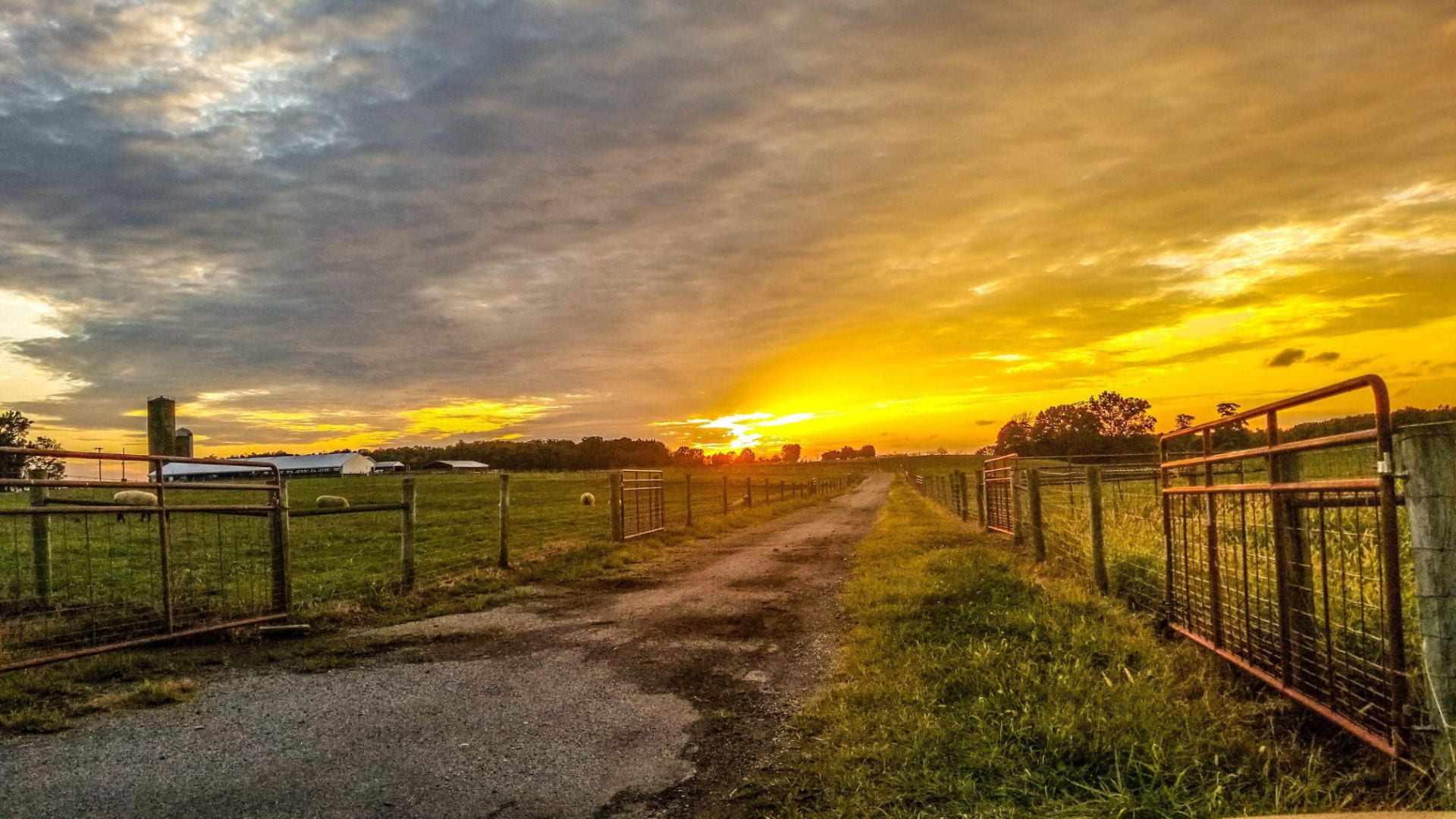Christine Gelley, OSU Extension Educator ANR, Noble County
(Previously published online with: Ag Proud: Progressive Cattle, February 20, 2025)

(Image Source: Agricom: Pastures for Profit – New Zealand)
At A Glance:
For centuries the clover has been symbolic in cultures and religions in areas where clovers thrive. Whether found with leaves of three, four, or more- a field of clover is beneficial in many ways beyond folklore.
Clover Symbolism
March is the humble clover’s time to shine. Symbolic of luck, the celebration of Saint Patrick’s Day, the welcoming of spring, 4-H enrollment time, clovers are featured prominently in our culture this time of year and they become prominent in pastures too.
Much of the agricultural community will recognize a four-leaf clover as the iconic national symbol of 4-H, a youth development program delivered by Cooperative Extension services from Continue reading Lucky Clovers

 the sheep flock is a critical aspect of sheep production and management. Good nutrition influences the overall health status of the entire flock, as well as the growth performance of lambs. This is particularly important throughout the breeding season and pregnancy. Sheep need to eat a balanced diet in order to be healthy and productive.
the sheep flock is a critical aspect of sheep production and management. Good nutrition influences the overall health status of the entire flock, as well as the growth performance of lambs. This is particularly important throughout the breeding season and pregnancy. Sheep need to eat a balanced diet in order to be healthy and productive.

 no haymaker puts up a crop that they know will mold; however, many haymakers have pushed the moisture limit and hoped the mold fairy wouldn’t pay a visit. Sometimes, she just comes uninvited.
no haymaker puts up a crop that they know will mold; however, many haymakers have pushed the moisture limit and hoped the mold fairy wouldn’t pay a visit. Sometimes, she just comes uninvited. play an integral role in many reactions throughout the body, and they are critical for animal health and performance. Bioavailability, individual animal consumption, individual mineral interactions, and variable plant and soil mineral concentrations make strategic mineral programs challenging. The differences between toxicity and deficiencies are small and can greatly affect sheep production.
play an integral role in many reactions throughout the body, and they are critical for animal health and performance. Bioavailability, individual animal consumption, individual mineral interactions, and variable plant and soil mineral concentrations make strategic mineral programs challenging. The differences between toxicity and deficiencies are small and can greatly affect sheep production. written from a cattle perspective, today’s article from Mike Rankin highlights that benefits and challenges of feeding high quality hay. For those looking to stretch their winter feed supplies, a combination of all quality types of hay may be the solution…. Be sure to look in to this one folks!
written from a cattle perspective, today’s article from Mike Rankin highlights that benefits and challenges of feeding high quality hay. For those looking to stretch their winter feed supplies, a combination of all quality types of hay may be the solution…. Be sure to look in to this one folks!